Action photos by John Grant, Ryan Rainville and Lawrence Hacking
In the last installment of Project Foo Fighter, our little XT225 project bike was awaiting some suspension work. That’s been done, but it remains to some degree a work in progress. As always, the faster you go the more problem areas become apparent. In the great spirit of blowing right on past the point of diminishing returns, here’s part four of project Foo Fighter!
To review, follow the entire build here:
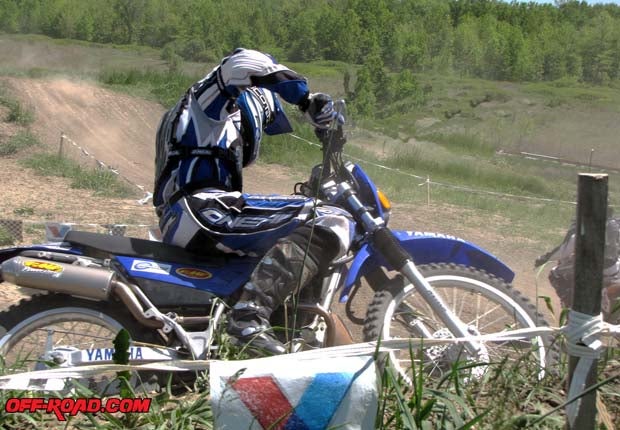
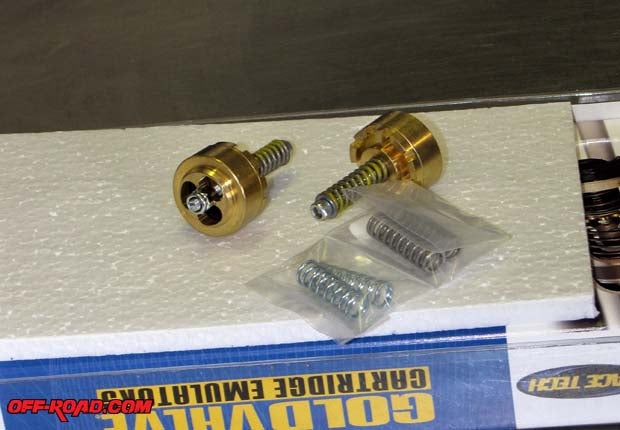
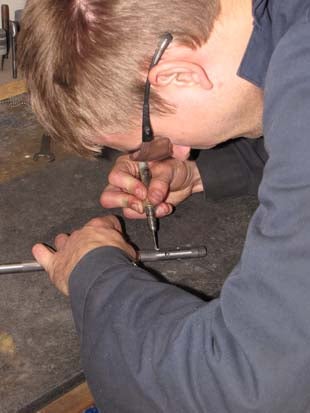 |
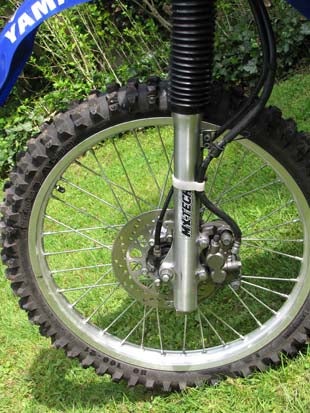 |
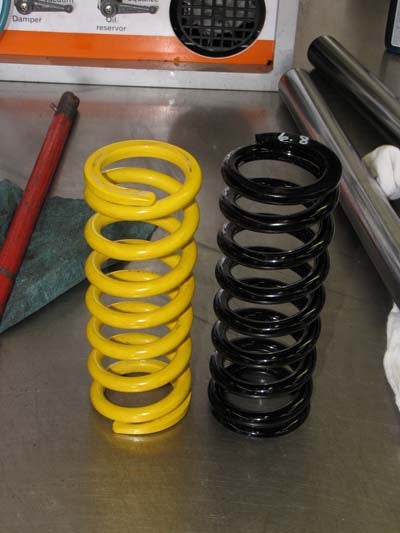
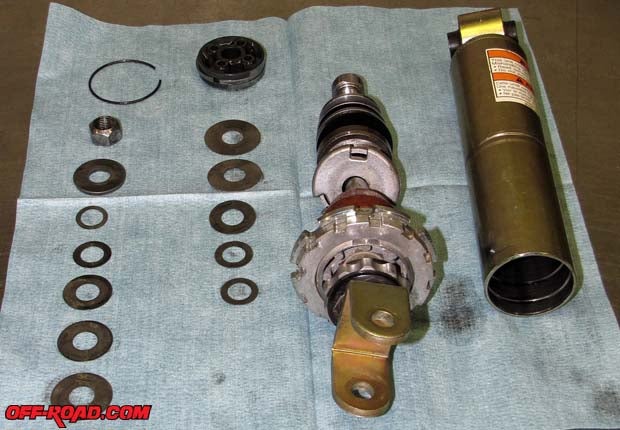
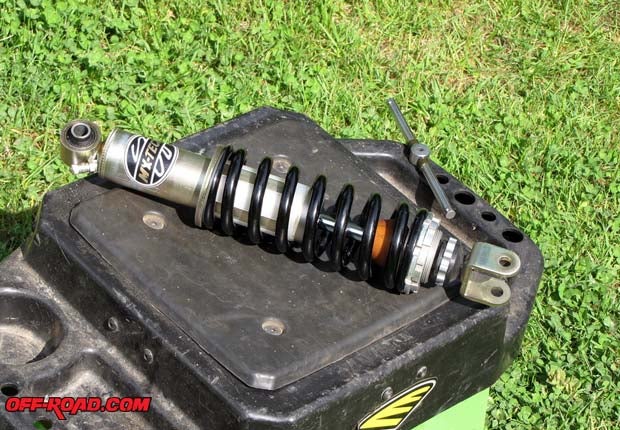
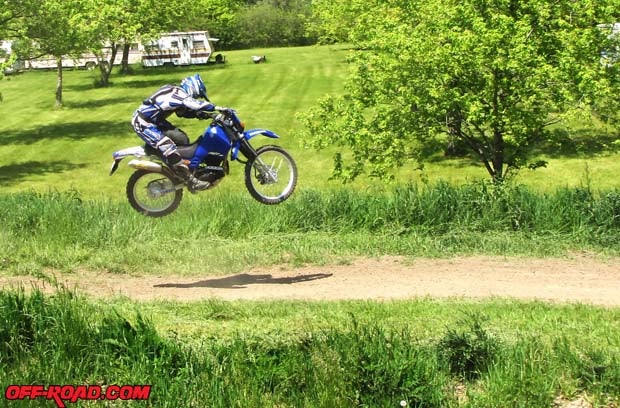
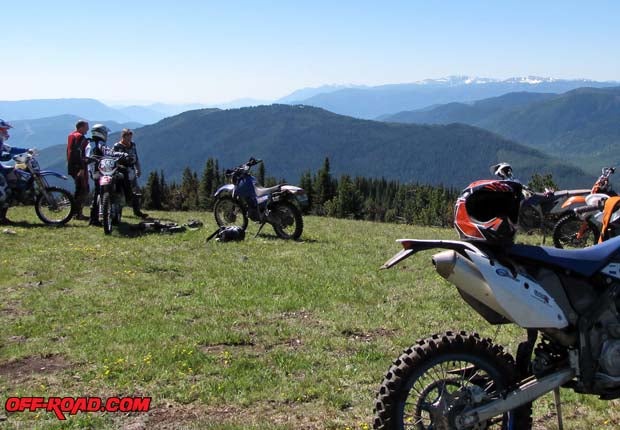
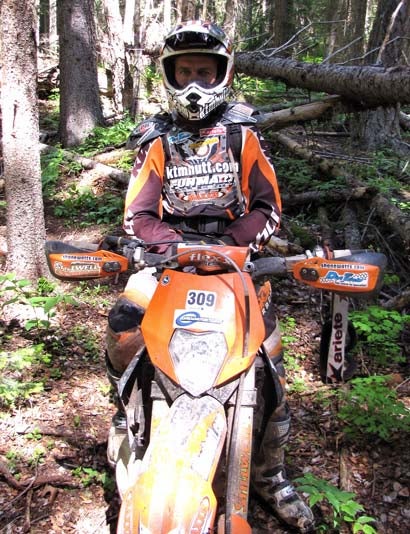

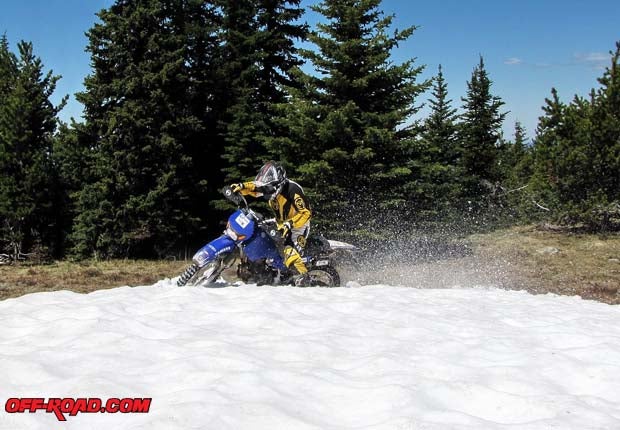

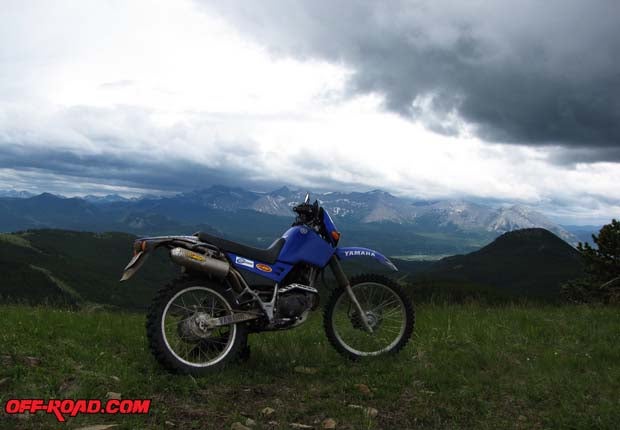
To review, follow the entire build here:
Follow @Off-Road


 Your Privacy Choices
Your Privacy Choices